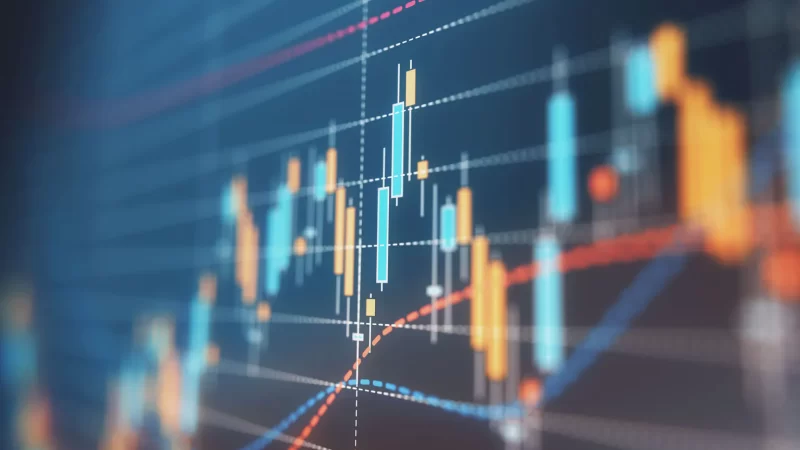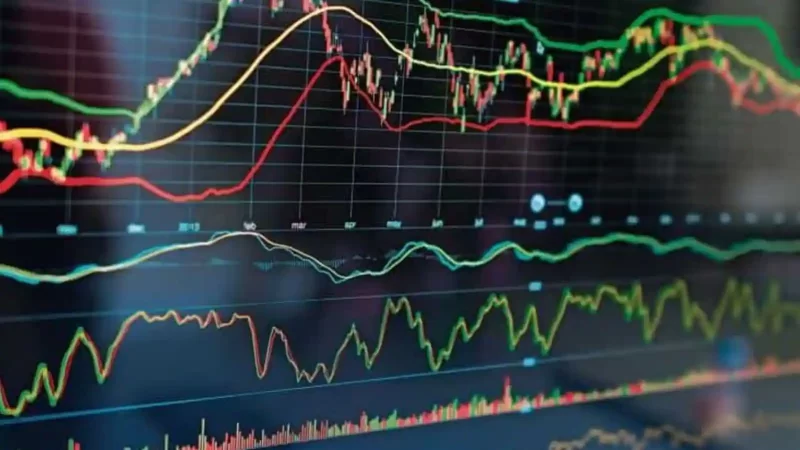Global Economic Trends and Implications for Investors

Thriving in today’s complex global economy requires an acute awareness of economic trends and an adaptive investment approach that responds accordingly. By diversifying portfolios, capitalizing on emerging opportunities and keeping themselves informed, investors can minimize risk while securing long-term financial success.
Technological advances are revolutionizing industries and opening up a wealth of opportunities for growth – but they can also present risks, including job displacement.
1. Political factors
Political instability can erode investment and hamper economic development. Furthermore, it may lead to corruption practices which compromise an economy’s integrity.
The World Economic Outlook (WEO) features model simulations that assess two negative scenarios for global growth. One scenario calls for major central banks to tighten monetary policy more aggressively in response to inflation expectations; this scenario could cut 2023 global GDP growth by half of one percentage point.
Second, financial stress and rising interest rates exacerbate financing difficulties in vulnerable emerging market and developing economies (EMDEs), which could erode global GDP growth below its trend level and make it much harder for governments to invest in education, health, infrastructure, and sustainable development projects.
2. Trade policies
Globalization has opened up access to markets worldwide, giving investors greater ability to investigate investment opportunities and assess risks from all corners of the globe. Furthermore, it enables companies to improve efficiency by accessing more variety and quality product inputs.
A country’s trade policies dictate how much of its goods and services it exports or imports. They may veer towards free trade or towards protectionism, with standards and laws being put in place to aid domestic industries. Some manufacturers utilise trade restrictions like quotas and tariffs in order to prevent foreign competitors from undercutting domestic prices for raw materials; these barriers also limit domestic industries, potentially creating unemployment while disadvantaging them in international marketplace.
3. Technological advancements
The OECD Economic Outlook is released twice each year and provides forecasts for global output, jobs, government spending and prices. It features the latest data analysis as well as projections specific to individual countries.
The global economy has entered into a period of slower growth and inflation risks remain significant. Searches for “stagflation” have more than doubled between 2017-2022.
As these challenges emerge, legislators, private business leaders, researchers and civic actors must be prepared to address the societal impacts of new technologies. This will require platforms that take into account various actors involved as well as cross-border deployment of these technologies and different value systems at play; additionally it requires efforts to ensure technological advancement does not exacerbate existing inequalities or cause new invasions of privacy.
4. Economic indicators
Economic indicators, including GDP growth, unemployment rates, inflation rates and certain prices can inform investors as to where a country or region’s economy stands today as well as where it may be heading in terms of business decisions or investment strategies. They can provide valuable insight to governments, businesses and individuals when making these important decisions or formulating investment strategies.
However, an indicator’s effectiveness may be reduced if its interpretation is mishandled. Leading and coincident indicators rely on forecasting while lagging ones only reveal information after specific economic activity has already taken place. Furthermore, single statistics like unemployment rates may mislead due to representing only part of population as opposed to all of its influences; so it is vitally important that an indicator be evaluated over time by monitoring changes within an indicator’s value over time.
5. Currency exchange rates
Financial stability and economic development determine a nation’s currency value. Investors prefer countries with robust economies and low debt loads; as demand for investments in these nations drives up their currency on global exchange markets (Forex).
Currency appreciation allows European and Japanese consumers to purchase more US products for each euro that they spend, thus making US goods cheaper for purchase in Europe and Japan. Unfortunately, however, some nations manipulate their currencies in order to weaken them artificially.
Recent years have seen investors uncover currencies as an asset class with potential for additional returns. Due to lower returns from traditional assets like stocks and bonds, currency investors have turned to this form of diversification and income generation for diversification purposes and potential income generation potential. Unfortunately, however, currencies are highly unpredictable and susceptible to the impact of various external factors that influence them.






